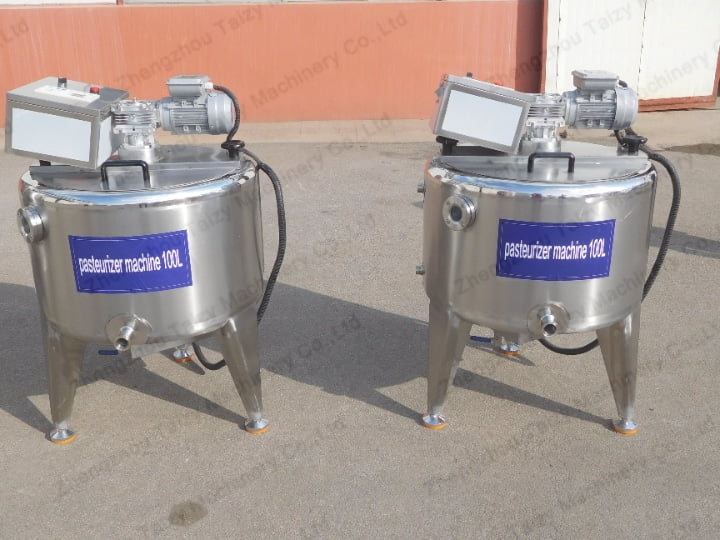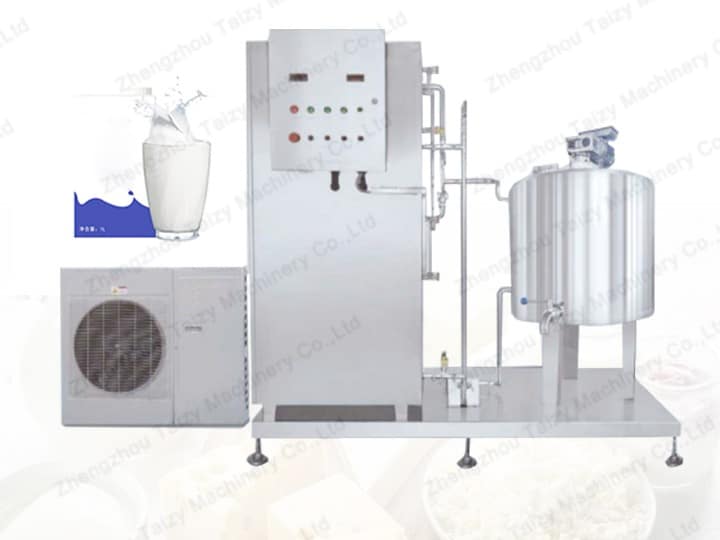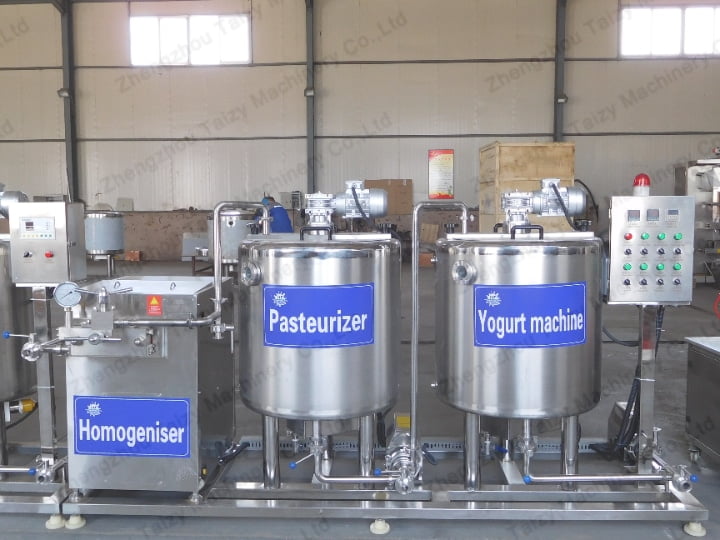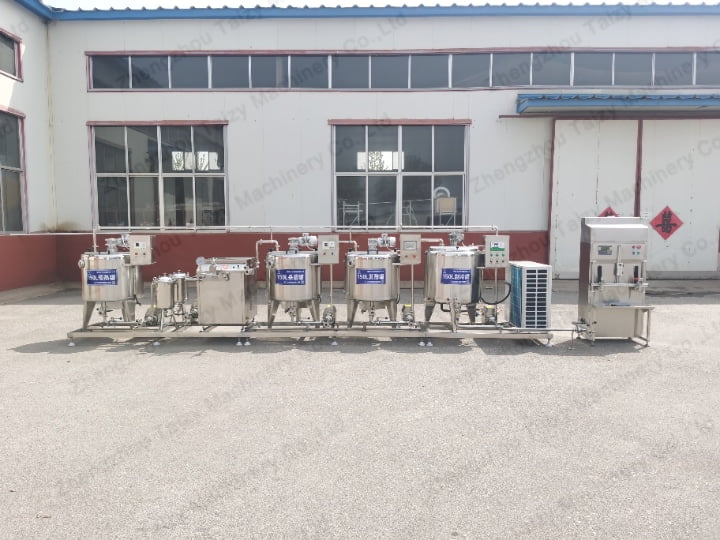Many consumers who buy milk only focus on the date of consumption, but in fact, the way the drink is sterilized is equally important, it not only determines the product’s shelf life and storage methods but also affects its taste and even the loss of water-soluble vitamins.
Pasteurization method processing milk

Due to the different sterilization temperatures, there are two types of products: “conventional Pasteurization” and “Extended Shelf Life Ultra Pasteurization”. The former has a shelf life of about 2 to 3 weeks and has a lower impact on the nutrition and taste of milk; the latter has a shelf life ranging from 30 to 90 days. Most yogurt production today uses pasteurization
How to store yogurt after pasteurization

Milk or milk beverages that have been pasteurized are stored in gable-top cartons or glass bottles at 4°C or below, with a shelf life of about 2 to 3 weeks. Because the sterilization temperature used is low, there is little impact on the loss of nutrients and flavor transformation of the milk, but the drink is not completely sterile, only that each milliliter of drink should not contain more than 30,000 bacteria; if the temperature of the carriage during transport is too high, left at room temperature for too long, or the freezer temperature is not low enough, the bacteria in the milk will have the opportunity to multiply and increase.
Ultra high-temperature sterilization method for milk

It can be divided into ultra-high temperature sterilization method and in-vessel sterilization method. The former is more common in that the milk is heated to no less than 132°C and kept for at least 1 second to kill a large number of bacteria and make the bacterial spores inactive; attention needs to be paid to storage time, taste and nutrition.
Ultra-pasteurized milk storage methods

Ultra-pasteurized milk or milk beverages can be stored at room temperature for 6 to 9 months at higher temperatures. However, the chemical effects of amino acids and reducing sugars in the beverages will change the smell, texture, and taste of the milk, which may produce a cooked, nutty, or caramelized taste. In addition, water-soluble vitamins such as vitamin C, vitamin B12, and folic acid are more sensitive to heat, and prolonged storage may also increase the chance of vitamin oxidation. Ultra-pasteurization causes milk to lose about 10-15% of its vitamins

In-vessel sterilization of milk
The in-vessel sterilization method involves heating the beverage with the container to no less than 100°C and keeping it there for at least 25 minutes.
In-vessel sterilization storage method
The in-vessel sterilization method can be stored for up to 12 months. The average loss of vitamins in milk treated by the in-vessel sterilization method is about 40%.
Which is the better way to pasteurize milk?

Although some vitamins are lost in milk or milk beverages treated with extended shelf life ultra-pasteurization and sterilization, this has little effect on the nutritional value of a balanced diet, so Pasteurized or sterilized products can be used as part of a healthy and balanced diet.
